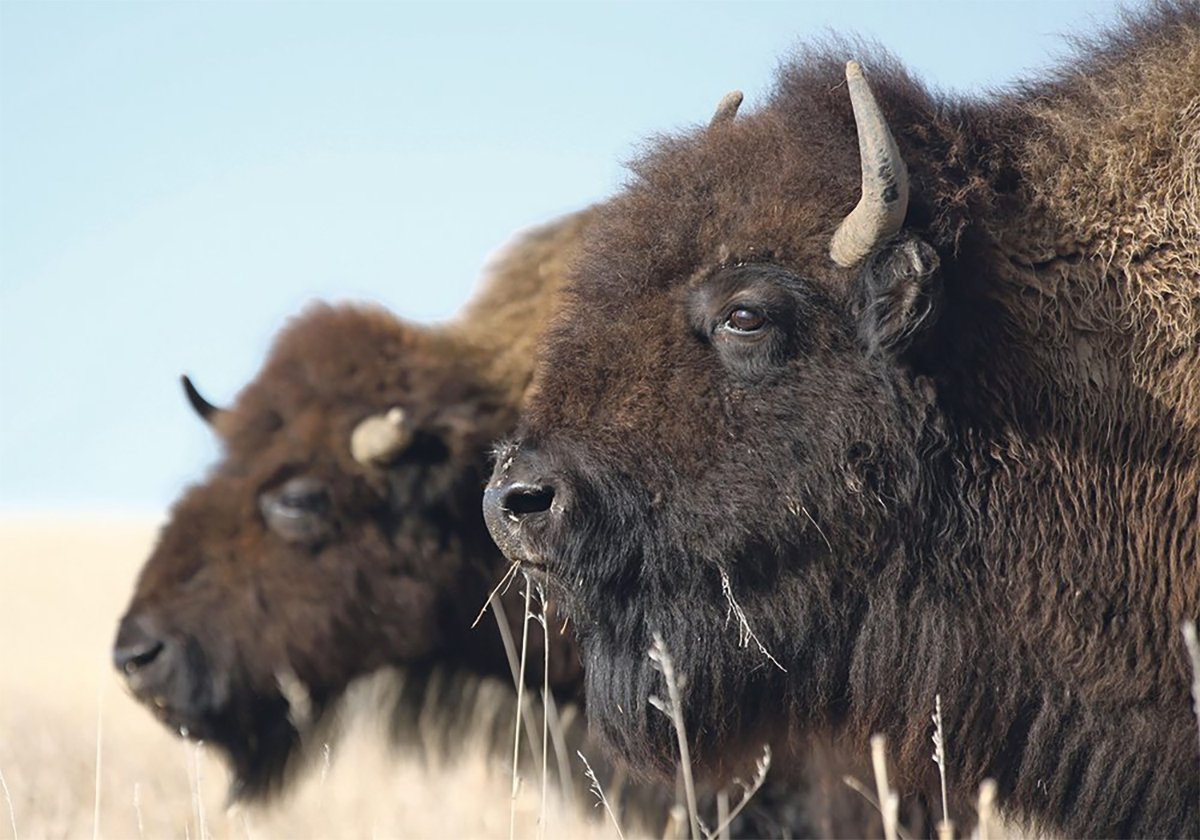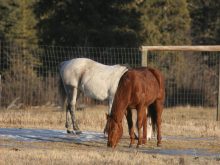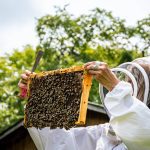There were no plastic flamingos in the fountain or toilet paper wrapping the ramp, but this 40th birthday is not going unnoticed on the University of Saskatchewan campus.
Western Canada’s veterinary school is celebrating the education of more than 2,120 veterinarians since the first class began its training in 1965.
The college marked the event with a series of class reunions and social occasions held during the school’s annual June scientific program.
The Western College of Veterinary Medicine will be capping the year’s celebrations with a $48 million overhaul and expansion.
Read Also

The Western Producer Livestock Report – August 21, 2025
Western Producer Livestock Report for August 21, 2025. See U.S. & Canadian hog prices, Canadian bison & lamb market data and sales insights.
WCVM graduate veterinarians are in the animal and public health systems across Canada.
“The graduates from 1969 are starting to retire and there are 392 students enrolled right now. I think this college was a success,” said Chuck Rhodes, dean of the WCVM.
Ernie Olfert is a professor at the college and a member of that first graduating class.
Taking his seat in 1965 might have meant grabbing a chair in the former provincial veterinarian’s lab on the eastern edge of the university grounds or a seat in a medical school lecture theatre on the other side of the campus.
“We were scattered all over, but it worked out. When they first built the big building that is so well known today, it was all by itself in a field on the north part of the campus. But they didn’t start building it until 1966,” Olfert said.
The school was created under an agreement among the four western provinces, the federal government and the U of S.
Before that, students from the West were trained at the veterinary school in Guelph, Ont.
Rhodes said a growing demand for veterinarians and the impact of agriculture on the western economy created the need for a school located in the West.
Al Choquer has a practice in White City, Sask., and began his undergraduate degree the year Olfert graduated. He said the college’s first dean, D.L.T. Smith, and the faculty taught not only the applied science of medicine, but also preached its philosophy and professionalism.
Smith required male students to wear ties and he was known to write professional papers on the philosophy of the school and its mandate, choosing to quote the likes of first century essayist Plutarch – “Students’ minds are fires to be kindled, not vessels to be filled.”
Smith believed “too many university students are spectators at their own education. They contribute nothing and the learning experience is lost.”
Ken Wood graduated in 1977 and is a large animal veterinarian at Ebenezer, Sask.
“We got, and students still get, one of the best hands-on veterinary educations there is in North America,” he said.
“Undergraduate students practise their new skills while they are in school. We took it for granted then and students at the WCVM still have the advantage of taking it for granted today.”
Bruce Grahn is also a 1977 grad and is a professor of veterinary ophthalmology at WCVM.
“Undergraduates get a very special type of hands-on education. You don’t find that at all schools. And that is being reflected and maintained in the expansion and renewal of the college,” Grahn said.
Jessica Heath, a third-year vet student, said the easy access to professors and graduate researchers, due to the “mainly under one roof” design of the school and the WCVM’s educational style, “creates real learning opportunities … but we don’t wear ties to class any more.”
One of 70 students to be accepted annually, Heath said the school “seems to impart a real sense of community in the students, in your class.”
Rhodes said that by the end of four years, “there isn’t much they don’t know about each other. It’s a lot of long hours together and they form true support networks.”
Olfert said that same camaraderie existed with his 26 fellow grads of 1969.
“We are still keeping in touch about each other’s practices and lives. Except now we talk about who’s retired or retiring next,” he said.














